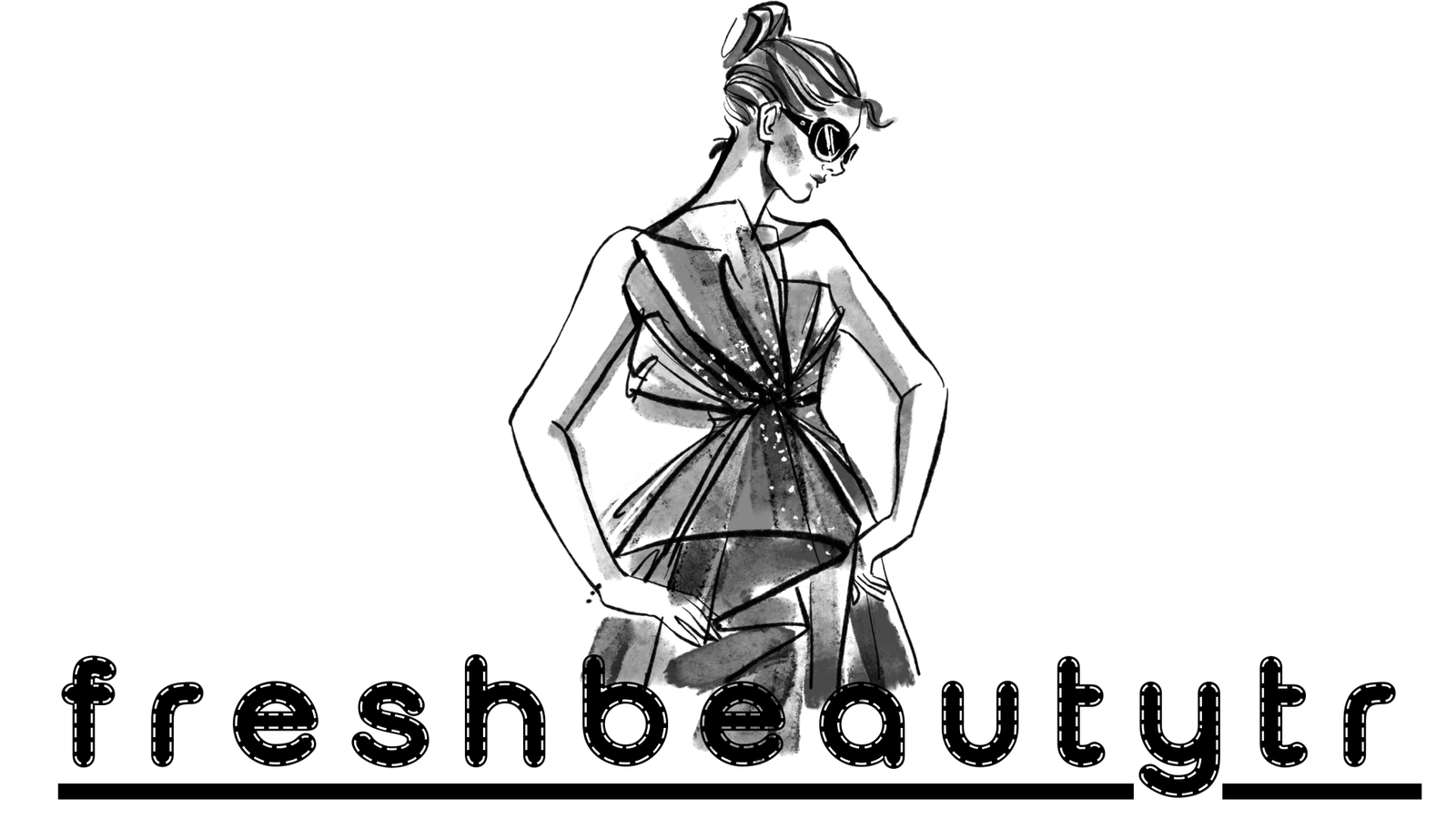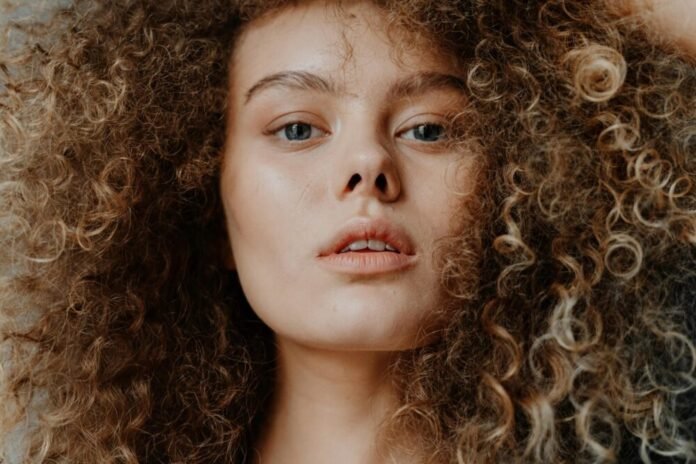Hair transitioning is a journey that many are embarking on, one that involves saying goodbye to chemical treatments—like straighteners and relaxers—and welcoming your natural texture back with open arms. Whether you’re returning to your curls, waves, or coils, the process can sometimes feel like a challenge, especially with the mixed textures that emerge as your hair grows out. The roots regain their natural shape, while the ends, still influenced by past treatments, may appear limp and straight.
But don’t worry, transitioning doesn’t have to be a frustrating or overwhelming experience. With the right care and a few expert tips, you can nurture both your new growth and the treated ends, making sure your hair thrives during this in-between phase. Marina Groke, a specialist at Escova Express, a well-known Brazilian hair salon chain, suggests that the key to a successful transition is choosing products and techniques that support the health of both textures—creating a seamless blend of natural beauty and strength.
Here are some must-know tips for maintaining healthy, beautiful hair while you transition:
1. Use the Right Products for Dual Needs
The first step to a smooth transition is selecting products that meet the unique needs of both your natural and treated hair. When transitioning, you’re dealing with two different textures, each requiring a different type of care. The straightened parts of your hair may still feel dry, while your natural curls or waves need extra attention to stay hydrated and defined.
Groke recommends using sulfate-free shampoos that cleanse without stripping natural oils. Pair these with moisturizing conditioners that help nourish and hydrate, especially the ends, which are still affected by previous treatments. Look for products that contain natural oils like argan oil or shea butter, which help to lock in moisture and provide nourishment to the driest sections.
Pro Tip: Pay attention to your hair’s needs each week. You may find your natural hair requires more moisture than the ends, so tailor your routine to those needs.
2. Hydrate, Hydrate, Hydrate
Hydration is arguably the most essential part of a healthy hair transition. Regularly moisturizing your hair helps keep the strands soft, strong, and less prone to breakage. This is especially crucial for transitioning hair, as the different textures can create an uneven look, often leading to more frizz and dryness.
Marina advises sticking to a weekly hydration schedule. “Maintaining a consistent hydration routine not only keeps hair healthy but helps prevent breakage,” she says. You can also visit professional salons for deeper, more intensive hydration treatments that provide targeted nutrition for your hair type.
These salon treatments offer a more personalized approach, ensuring your hair receives the necessary care it needs to restore its softness and vitality. But remember, hydration at home is just as important—so make sure to keep up with your DIY routine between visits.
3. Master the Art of Finishing Techniques
As your hair grows and transitions, you’ll notice the mixture of textures can make your hair look uneven. Some sections may curl while others stay straight, giving you a less-than-ideal blend of textures. This is where your finishing techniques come into play.
Techniques like finger curling or using a diffuser when drying your hair can help create a more even, defined finish. These methods are especially helpful for enhancing natural curls or waves while minimizing the visible differences between your treated ends and natural roots. Whether you’re embracing loose waves or tight coils, these finishing touches will give you a polished look without the harsh lines of demarcation.
Pro Tip: Consider using curl creams or gels to define your curls and waves, helping to smooth out frizz while creating a uniform texture across your entire head.
4. Protect Your Hair While You Sleep
One of the often-overlooked aspects of hair care during the transition is how you protect your hair overnight. While you sleep, the friction between your hair and pillowcase can lead to dryness, frizz, and breakage, particularly when you’re dealing with two different textures.
Marina recommends investing in a satin cap or a satin pillowcase. These accessories help reduce friction, allowing your hair to retain its moisture and preventing your curls from becoming frizzy or breaking. Satin is much gentler on your hair than cotton, and it helps preserve your hair’s hydration, giving your strands the protection they need while you sleep.
5. Patience is Key
Finally, and most importantly, be patient with your hair. Hair transitioning isn’t a quick process—it takes time for your natural texture to fully grow out and for your hair to regain its strength and vitality. There will be days when the different textures feel hard to manage, and it might seem like your hair is taking forever to grow, but remember that this is a journey.
As Groke wisely states, transitioning isn’t just about the physical process of growing out your hair—it’s about embracing your natural beauty at every stage. “It’s essential to honor the journey, rather than rush it,” she says.
Final Thoughts: Embrace Your Natural Beauty
Hair transitioning is a powerful and rewarding experience, and while it may come with challenges, it’s also a chance to reconnect with your natural self. With the right products, consistent care, and some helpful techniques, you’ll be able to enjoy beautiful, healthy hair throughout the transition process. From moisturizing treatments to strategic styling, these tips will guide you toward achieving your hair goals with confidence.
So, whether you’ve already started your hair transition or are thinking about taking the leap, remember that embracing your natural texture is a process that deserves care, attention, and—above all—patience. Keep nurturing your hair, and before you know it, you’ll be rocking your natural curls, waves, or coils with pride.
Are you ready to start your hair transition, or have you already begun the journey? Let us know which tips resonate most with you!


